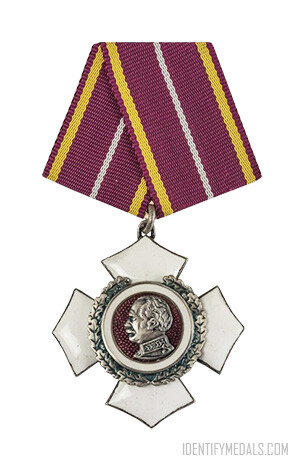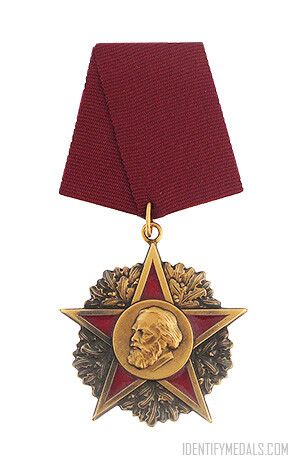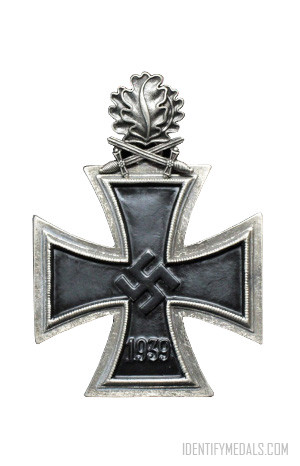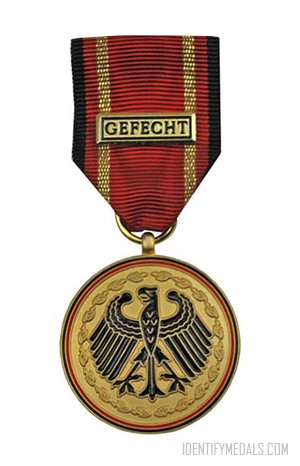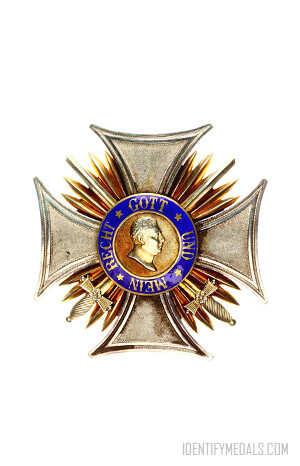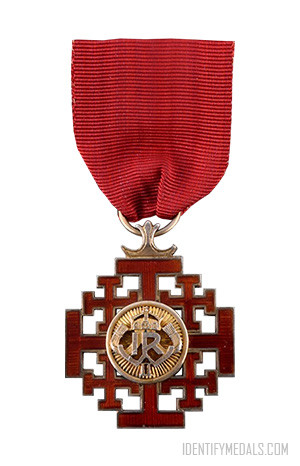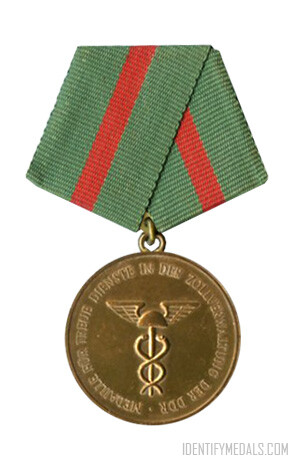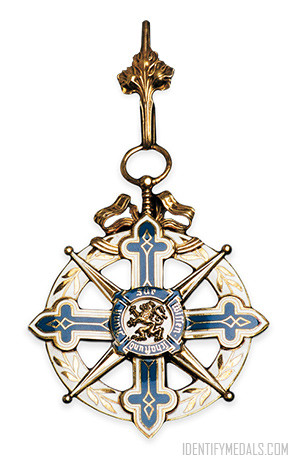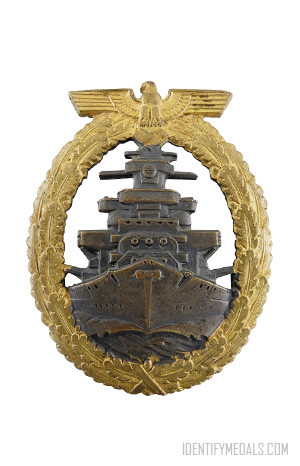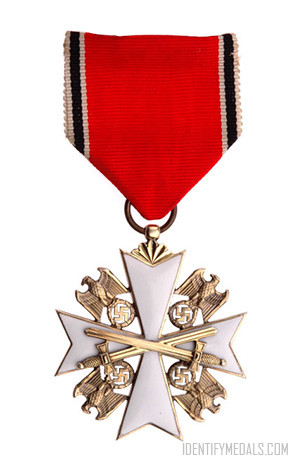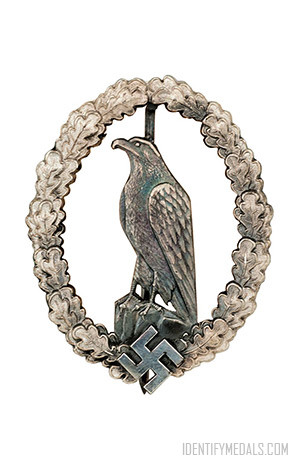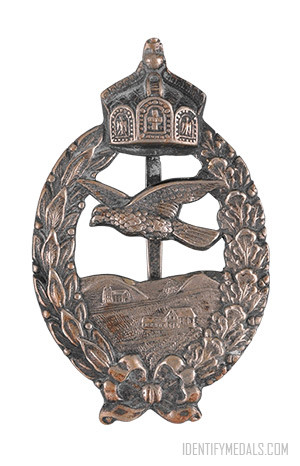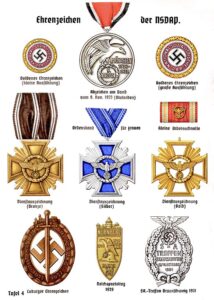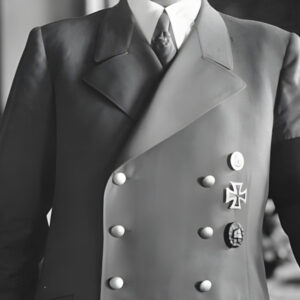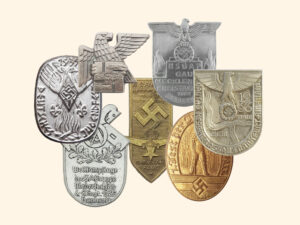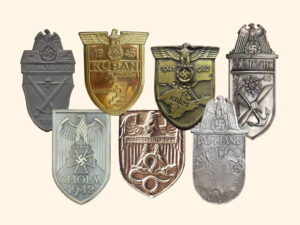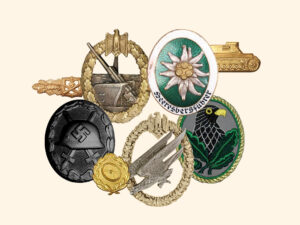- Time Period: Post-WW2
- Institution: 1965
- Country: Germany (GDR DDR German Democratic Republic)
The Blücher Order (or Blücher-Orden in German) was a military decoration in the German Democratic Republic, named after Prussian Field Marshal Gebhard Leberecht von Blücher, celebrated in the GDR for his role in defeating Napoleon Bonaparte’s forces.
Established in 1965 by Walter Ulbricht, Chairman of the Council of State, the Blücher Order was intended to be awarded to soldiers of the National People’s Army (NVA) for acts of valor during wartime. However, the GDR never entered a state of war, and as a result, the decoration was never officially awarded. On January 25, 1985, the National Defence Council ordered the immediate minting of 8,000 medals, but these were never distributed for their intended purpose. Today, some of these medals are exhibited in the Military History Museum of the Bundeswehr, and a bronze medal is displayed at the Canadian War Museum.
The Blücher Order Design And Classes
The Blücher Order came in two main types: a cross and a medal, each divided into three classes—bronze, silver, and gold.
The Blücher Cross
The cross was designed as a white cross with a central portrait of Gebhard Leberecht von Blücher, surrounded by a wreath of oak leaves. The color of the oak leaves indicated the class of the award: bronze, silver, or gold. The cross was suspended from a red ribbon with two yellow stripes along its edges. Additionally, the silver class featured a silver stripe in the center of the ribbon, and the gold class featured a gold stripe.
The Blücher Medal
The medal was round, displaying an image of the cross on its front. It was attached to a yellow ribbon, with blue stripes down its center, which varied in color according to the medal class.

